
Cyberpunk is a subgenre of science fiction in a dystopian futuristic setting that tends to focus on a "combination of lowlife and high tech", featuring futuristic technological and scientific achievements, such as artificial intelligence and cyberware, juxtaposed with societal collapse, dystopia or decay. Much of cyberpunk is rooted in the New Wave science fiction movement of the 1960s and 1970s, when writers like Philip K. Dick, Michael Moorcock, Roger Zelazny, John Brunner, J. G. Ballard, Philip José Farmer and Harlan Ellison examined the impact of drug culture, technology, and the sexual revolution while avoiding the utopian tendencies of earlier science fiction.

Michael John Moorcock is an English–American writer, particularly of science fiction and fantasy, who has published a number of well-received literary novels as well as comic thrillers, graphic novels and non-fiction. He has worked as an editor and is also a successful musician. He is best known for his novels about the character Elric of Melniboné, which were a seminal influence on the field of fantasy in the 1960s and 1970s.
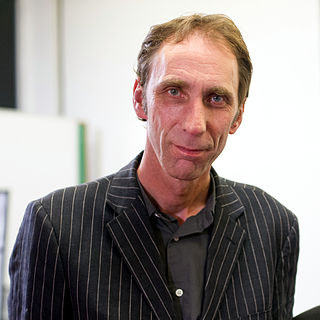
William Woodard Self is an English writer, journalist, political commentator and broadcaster. He has written 11 novels, five collections of shorter fiction, three novellas and nine collections of non-fiction writing. Self is currently Professor of Modern Thought at Brunel University London, where he teaches psychogeography.

Kim James Newman is an English journalist, film critic and fiction writer. He is interested in film history and horror fiction—both of which he attributes to seeing Tod Browning's Dracula at the age of eleven—and alternative history. He has won the Bram Stoker Award, the International Horror Guild Award and the BSFA award.

Michael Swanwick is an American fantasy and science fiction author who began publishing in the early 1980s.
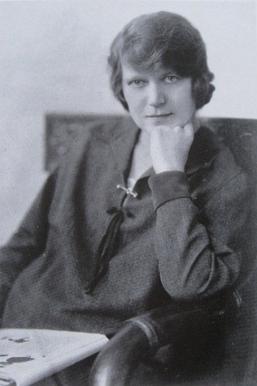
Richmal Crompton Lamburn was a popular English writer, best known for her Just William series of books, humorous short stories, and to a lesser extent adult fiction books.
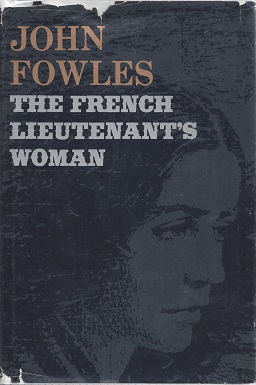
The French Lieutenant's Woman is a 1969 postmodern historical fiction novel by John Fowles. The plot explores the fraught relationship of gentleman and amateur naturalist Charles Smithson and Sarah Woodruff, the former governess and independent woman with whom he falls in love. The novel builds on Fowles' authority in Victorian literature, both following and critiquing many of the conventions of period novels.

Damien Francis Broderick is an Australian science fiction and popular science writer and editor of some 74 books. His science fiction novel The Dreaming Dragons (1980) introduced the trope of the generation time machine, his The Judas Mandala (1982) contains the first appearance of the term "virtual reality" in science fiction, and his 1997 popular science book The Spike was the first to investigate the technological singularity in detail.
Emilia Tennyson (1811–1887), known simply as Emily within her family, was a younger sister of Alfred, Lord Tennyson, and the fiancée of Arthur Henry Hallam, for whom Tennyson's poem, In Memoriam A.H.H., was written. Emilia met Hallam through her brother, and they became engaged in 1832.

John C. Wright is an American writer of science fiction and fantasy novels. He was a Nebula Award finalist for his fantasy novel Orphans of Chaos. Publishers Weekly said he "may be this fledgling century's most important new SF talent" when reviewing his debut novel, The Golden Age.
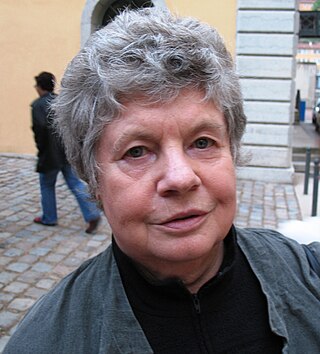
Dame Antonia Susan Duffy, known professionally by her former married name, A. S. Byatt, was an English critic, novelist, poet and short story writer. Her books have been translated into more than thirty languages.

William Howard Gass was an American novelist, short story writer, essayist, critic, and philosophy professor. He wrote three novels, three collections of short stories, a collection of novellas, and seven volumes of essays, three of which won National Book Critics Circle Award prizes and one of which, A Temple of Texts (2006), won the Truman Capote Award for Literary Criticism. His 1995 novel The Tunnel received the American Book Award. His 2013 novel Middle C won the 2015 William Dean Howells Medal.
Michael Lawson Bishop was an American author. Over five decades and in more than thirty books, he created what has been called a "body of work that stands among the most admired and influential in modern science fiction and fantasy literature."

James Morrow is an American novelist and short-story writer known for filtering large philosophical and theological questions through his satiric sensibility.
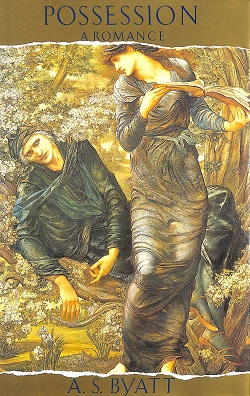
Possession: A Romance is a 1990 best-selling novel by English writer A. S. Byatt that won the 1990 Booker Prize for Fiction. The novel explores the postmodern concerns of similar novels, which are often categorised as historiographic metafiction, a genre that blends approaches from both historical fiction and metafiction.

Angels and Insects is a 1995 romantic drama film directed by Philip Haas and starring Mark Rylance, Patsy Kensit, and Kristin Scott Thomas. It was written by Philip and Belinda Haas with A. S. Byatt after her 1992 novella Morpho Eugenia. The film received an Academy Award nomination for Best Costume Design.
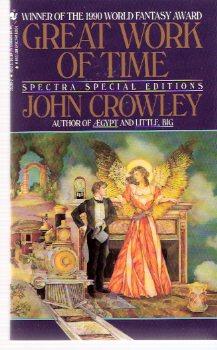
"Great Work of Time" is a science fiction novella by American writer John Crowley, originally published in Crowley's 1989 book collection Novelty. A story involving time travel, it concerns a secret society whose aim is to avert World War I to preserve and expand the British Empire.
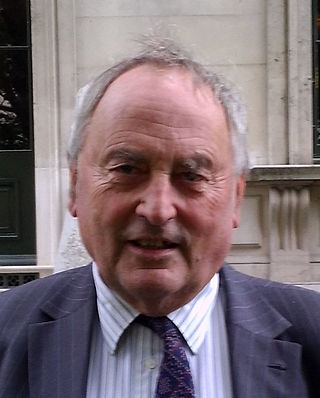
Donald Adamson,, was a British literary scholar and historian.

Nina Allan is a British writer of speculative fiction. She has published five collections of short stories, multiple novella-sized works, and five novels. Her stories have appeared in the magazines Interzone, Black Static and Crimewave and have been nominated for or won a number of awards, including the Grand prix de l'Imaginaire and the BSFA Award.

The Time of the Angels is a philosophical novel by British novelist Iris Murdoch. First published in 1966, it was her tenth novel. The novel centres on Carel Fisher, an eccentric Anglican priest who is the rector of a London church which was destroyed by bombing during World War II. Fisher denies the existence of God and the possibility of human goodness in a post-theistic world. The novel, which has elements of Gothic fiction, received mixed reviews on its publication.
















